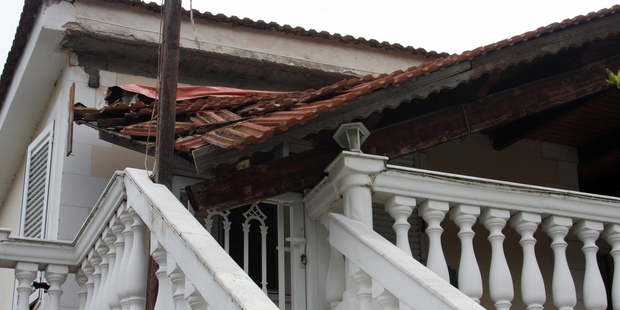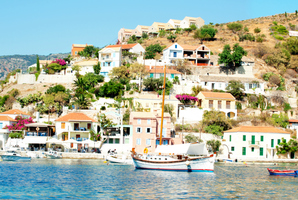Strong quake hits western Greek isle of Kefalonia
5:45 PM Monday Feb 3, 2014

Kefalonia Mayor Alexandros Parisis told Greek radio that the port at the town of Lixouri, the closest to the epicenter, had been seriously damaged and that minor injuries had been reported. He did not immediately have any further details.
The Athens Geodynamic Institute registered the pre-dawn quake, which struck just after 5 a.m. local time with a magnitude of 5.7 and an epicenter 12 kilometers (7.5 miles) northwest of the island's capital of Argostoli. The Athens institute had initially registered 5.9. The U.S. Geological Survey registered a 6.1-magnitude. It is common for institutes to register different figures and to revise their initial measurements.

Monday's quake was felt on the nearby island of Zakinthos and parts of the western Greek mainland as well as in the Greek capital, Athens.
Kefalonia's mayor and seismologists urged people on the island to leave their houses temporarily. Parisis said he was trying to arrange a boat to head to Lixouri, but was being hampered by high winds in the area. Lixouri, which has been closest to the epicenter of the quakes over the last week, is far from the main town of Argostoli by road but close by sea.
Kefalonia and neighboring Zakinthos were devastated in 1953, when a 7.2-magnitude temblor struck three days after a 6.4 one, killing hundreds, injuring thousands and destroying nearly all the buildings on the islands.
- AP

No comments:
Post a Comment